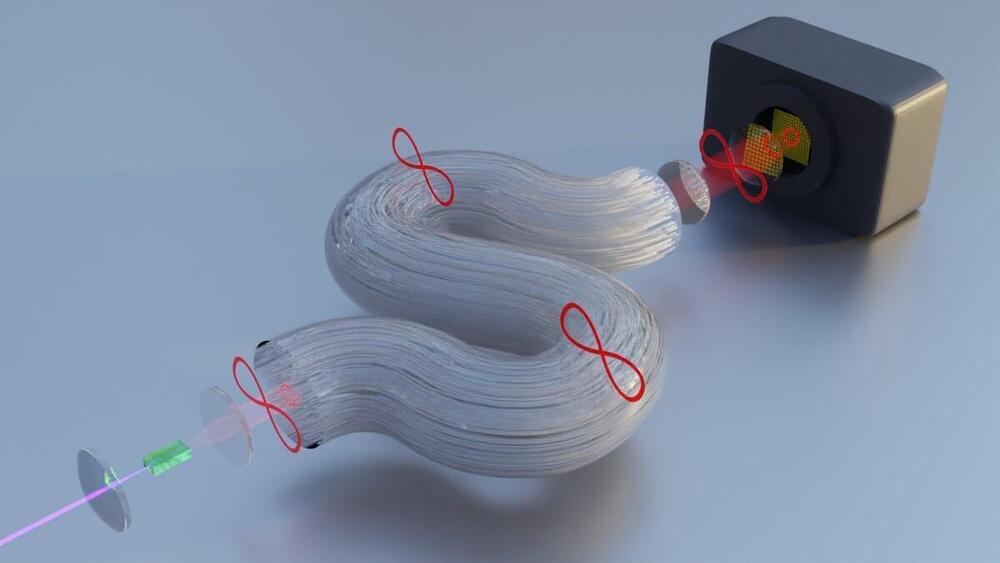Invented in 1970 by Corning Incorporated, low-loss optical fiber became the best means to efficiently transport information from one place to another over long distances without loss of information. The most common way of data transmission nowadays is through conventional optical fibers—one single core channel transmits the information. However, with the exponential increase of data generation, these systems are reaching information-carrying capacity limits.
Thus, research now focuses on finding new ways to utilize the full potential of fibers by examining their inner structure and applying new approaches to signal generation and transmission. Moreover, applications in quantum technology are enabled by extending this research from classical to quantum light.
In the late 50s, the physicist Philip W. Anderson (who also made important contributions to particle physics and superconductivity) predicted what is now called Anderson localization. For this discovery, he received the 1977 Nobel Prize in Physics. Anderson showed theoretically under which conditions an electron in a disordered system can either move freely through the system as a whole, or be tied to a specific position as a “localized electron.” This disordered system can for example be a semiconductor with impurities.
